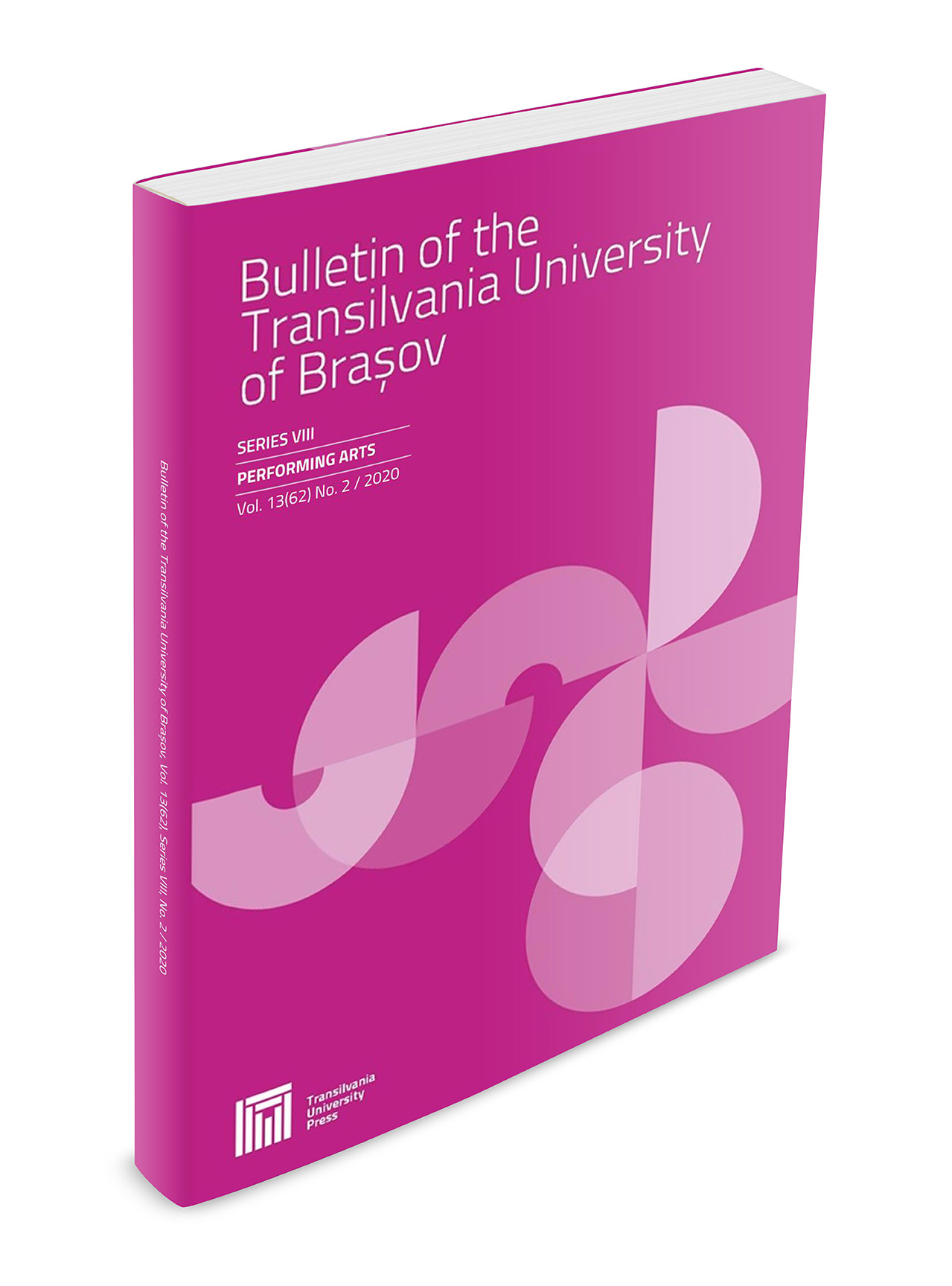The continuity of Romanianism in Bessarabia’s education cultural and spiritual life under the Russian rule, during the 19th century
Keywords:
Bessarabia, education, cultural and spiritual life, 19th Century, RomanianismAbstract
Moldavia has been one of the most challenged provinces of our nation, as, from an early stage, it has suffered from amputations caused by its temporary rulers and neighbors. Bessarabia’s drama has been the consequence of the Russian-Turkish war (1806- 1812), which resulted in its annexation to the Tsarist Empire. In 1812, the Russian diplomats bribed the Ottoman ones and extended the term of “Bessarabia” over to the entire territory between the Prut and Dniester (Nistru) rivers, in order to cover up the act of annexation and to create a new geographical and historic identity, with the aim of concealing its historic nexus to the Romanian Principalities. Bessarabia has always been and will continue to be a Romanian land. The continuity of the Romanian identity in the spiritual life of Bessarabia, under Russian rule, has endured largely thanks to the church prints. At that time, the church was the main factor in the formation of spirituality and it played an important part in the preservation of the Romanian language, traditions, and customs.Downloads
Published
Issue
Section
License
Copyright (c) 2016 Bulletin of the Transilvania University of Braşov. Series VIII: Performing Arts

This work is licensed under a Creative Commons Attribution 4.0 International License.




